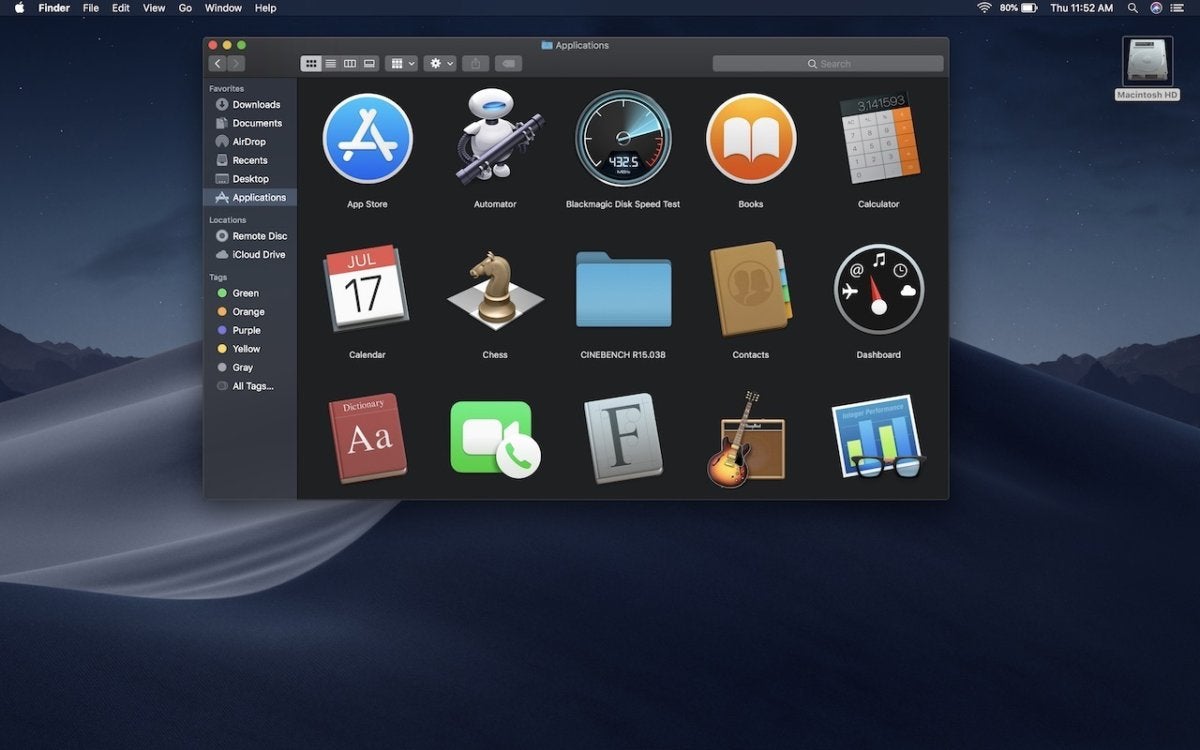

Once you have defined a colour set, you can retrieve the colour in your draw(_ dirtyRect:) as follows: let strokeColour = NSColor(named: NSColor.Name("gridColour")) ? NSColor.black This defines a colour that will be white in dark mode and black in light mode or on legacy operating systems. Then tap Options to set a schedule for Dark Mode.' We hope this helps. Click Apple menu and choose System Preferences Click General in System Preferences pane Select Dark (or Light) from the Appearance options. First up, now you can browse and search for Switch games by mode types like.
#Mac os dark mode switch update
'To turn Dark Mode on automatically at sunset or at a specific time, go to Settings > Display & Brightness and select Automatic. SwitchBuddy received one update over the weekend and another one yesterday with the latest release being version 3.2.1. You will then get three colour wells, "any" is for legacy operating systems that do not support dark mode, "light" and "dark" should be obvious. Take a look here: Use Dark Mode on your iPhone, iPad, or iPod touch. I want to change my status bar app icon when the user switches from default to dark mode and vice versa (using Swift 3). Having defined your colour set, in the inspector, set the device to "Mac" and the appearance to "Any, Light, Dark". This means defining a "colour set" for each colour you want to use in the assets catalog. The thing to do is to stop using absolute colours and start using semantic colours. However, if they only want to change the colour of some custom view, this is the Apple blessed way. If they want completely different behaviour of their app, the below behaviour doesn't work.

This isn't a complete answer to the question because the questioner doesn't say what their use case is.


 0 kommentar(er)
0 kommentar(er)
